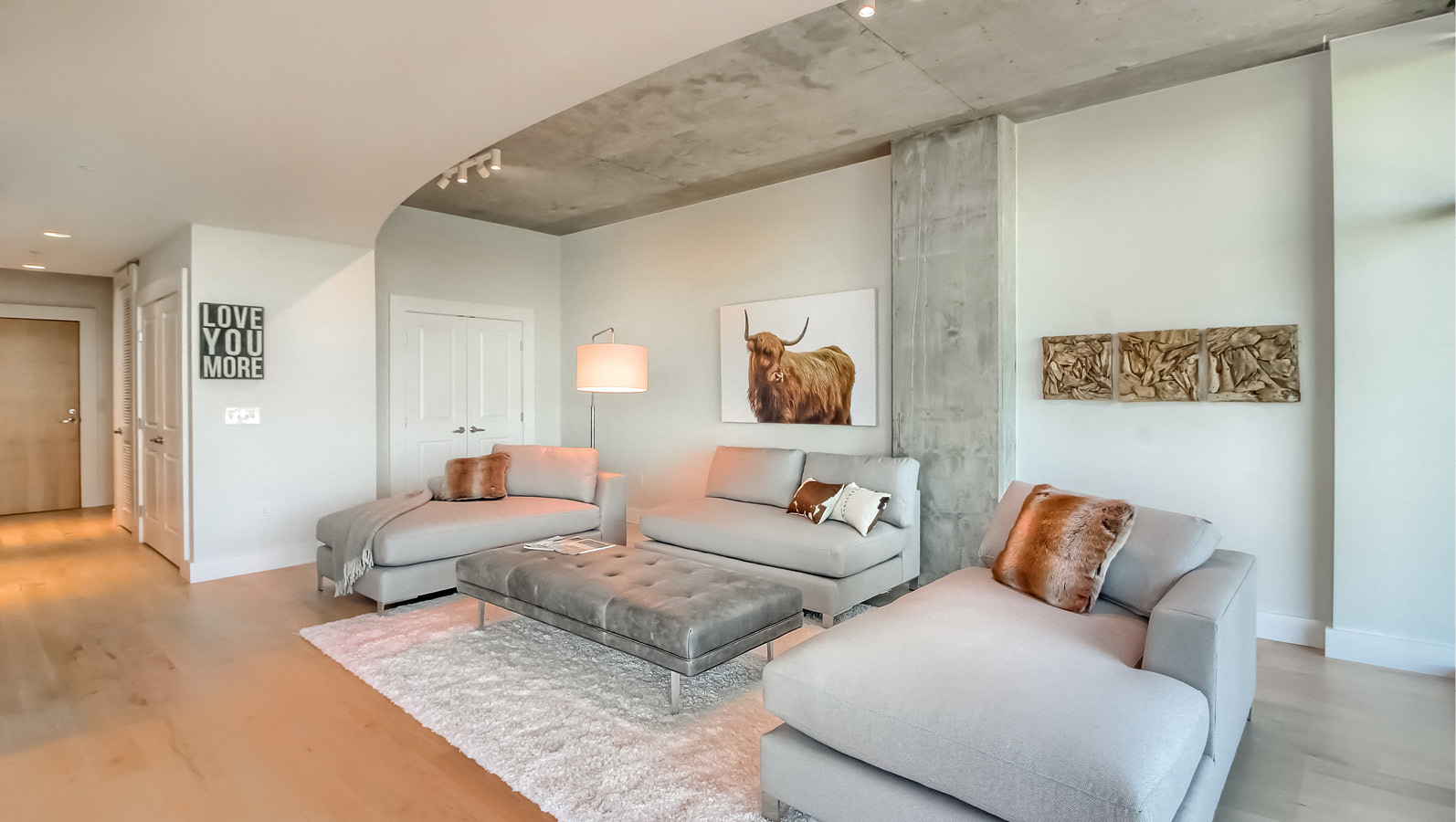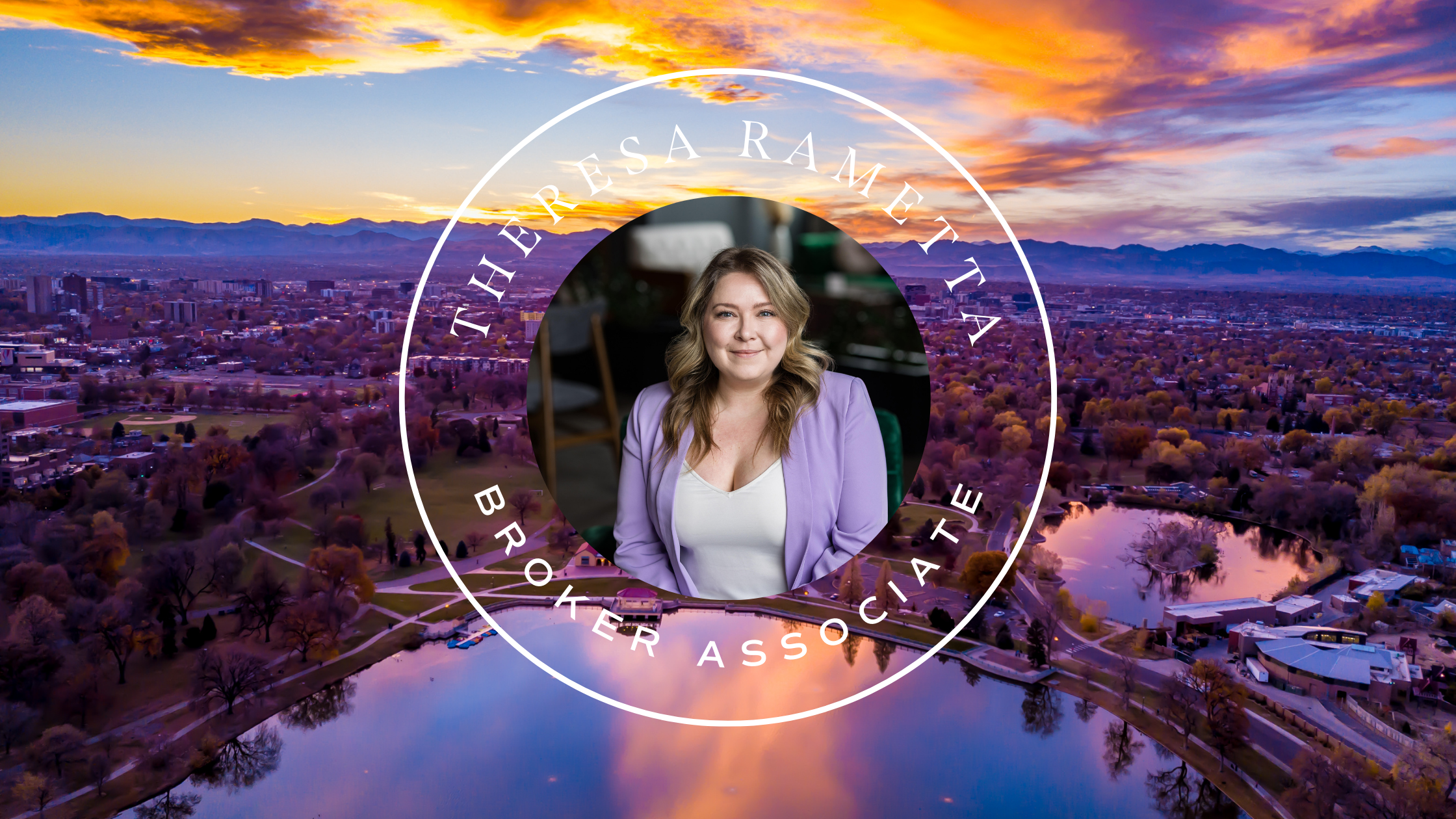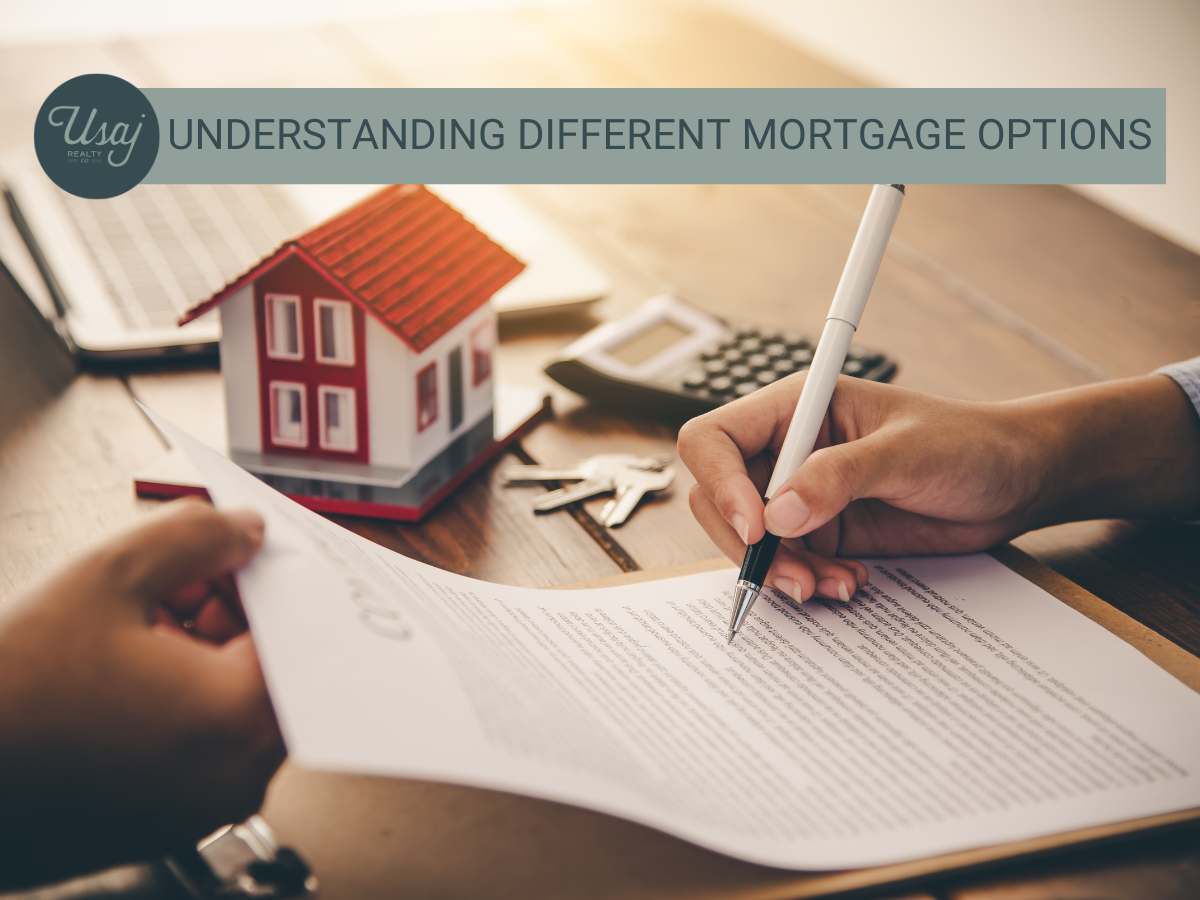It’s no surprise that obtaining homeowner insurance is a requirement of mortgage lenders when going through the home buying process. What may be surprising is the amount of detail that goes into adequately covering your home. It’s important to make sure you have adequate coverage on your home in the event of any property damage.
According to the Insurance Information Institute, 1 in 20 insured homes has a claim each year. Property damage, including theft, accounted for 98 percent of those claims. Changes in the percentage of each type of homeowners loss from one year to another are partially influenced by large fluctuations in the number and severity of weather-related events such as hurricanes and winter storms. Wind and hail damage, followed closely by water damage and freezing, are the most frequent types of claims.
Hail Damage is a Frequent Cause of Insurance Claims in Colorado
In Colorado, for example, there is a high rate of hail storms along the Front Range so it’s critical you have that coverage in place. From Denver to Colorado Springs, the area gets an average of 13 severe hail storms each year and hence, it’s nickname of “Hail Alley.” Roofs, skylights and siding are most impacted by hail, all of which can be expensive to replace. Also, understand that the homeowner insurance payout is impacted by the age of the roof. This means that the insurance company will pay only a percentage of the cost based on the age of the roof.
For this reason, it’s always important to know how old the roof is, both when buying and selling a home. Replacing a roof is a costly item, and often ends up being a bargaining chip in the negotiation process as most people don’t want to buy a house with an older roof.
Special Considerations for Roofs, Fires and Condos
What if the home you’re considering buying does have an older roof? Make sure to either discuss this subject or have the seller replace it. A faulty roof has the potential of creating many headaches down the road, and it’s better to have the installation done prior to moving in. You’ll benefit from the peace of mind it provides as well as a likely lower insurance premium.
If you are living in the foothills, there is always the potential of wildfires. Be sure to know what’s covered in the event of a forest fire and if there are exclusions. In particular, know that your home is properly insured, especially if you (heaven forbid) had to rebuild. Many times, insurance companies will require mitigation efforts around a home that is located in potential wildfire area. That may mean clearing trees that are within a certain distance of the house.
Condo living is often the choice of first-time homebuyers. Make sure you have dwelling, personal property and personal liability coverage in place since the exterior of the building is typically insured by the condo association. Understand completely for which structural items you are responsible vs. what the association covers.
Bundling and Excess Coverages are Key
Bundling your homeowners with an automobile policy can provide significant savings. Also, many companies provide discounts if you have a security system, smoke alarms and other safety features, and a “no claims” history. It’s always a good idea to shop around for insurance. There can be huge differences in pricing; often, it’s smart to use an independent insurance broker to help you find the best rates. Don’t blindly pay for increases in your premium — make sure you compare prices offered by other carriers before renewing your policy.
When buying insurance, be aware you are covering two distinct items: the structures on the property and your personal belongings. There are a myriad of extra coverages from water backup to insuring silverware, musical instruments and jewelry, all of which will need to be itemized and purchased as add-ons.
Finally, you might consider an umbrella policy which provides additional liability coverage to supplement the protection provided by homeowner and automobile insurance policies. This type of coverage is relatively inexpensive and provides excess coverage in the event your limits aren’t adequate to handle a loss.
You should insure your home for the total amount it would cost to rebuild your home if it were destroyed. That’s not the market value, but the cost to rebuild. If you don’t have sufficient insurance, your company may only pay a portion of the cost of replacing or repairing damaged items. Here are the typical types of coverages:
- Cash value coverage. This coverage pays to repair or replace your property or possessions up to the policy limits, less a deduction for depreciation. It’s sometimes called market value coverage. This is the least expensive option, however, it means you probably won’t get a payout that’s enough to rebuild your home or replace personal items after a serious disaster.
- Replacement cost coverage. Here, you pay to repair or replace your property or possessions up to the policy limits, without a deduction for depreciation. This costs more than cash value coverage, but means you could fully replace what you lost. When you have an HO-5 policy, this is the typical coverage amount.
- Guaranteed or extended replacement cost coverage. This gives you the highest protection because it pays the cost to replace your home as it was before a disaster, even if it’s higher than the policy limit. Some companies extend the benefit to a certain percentage over the limit.





